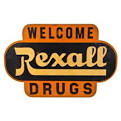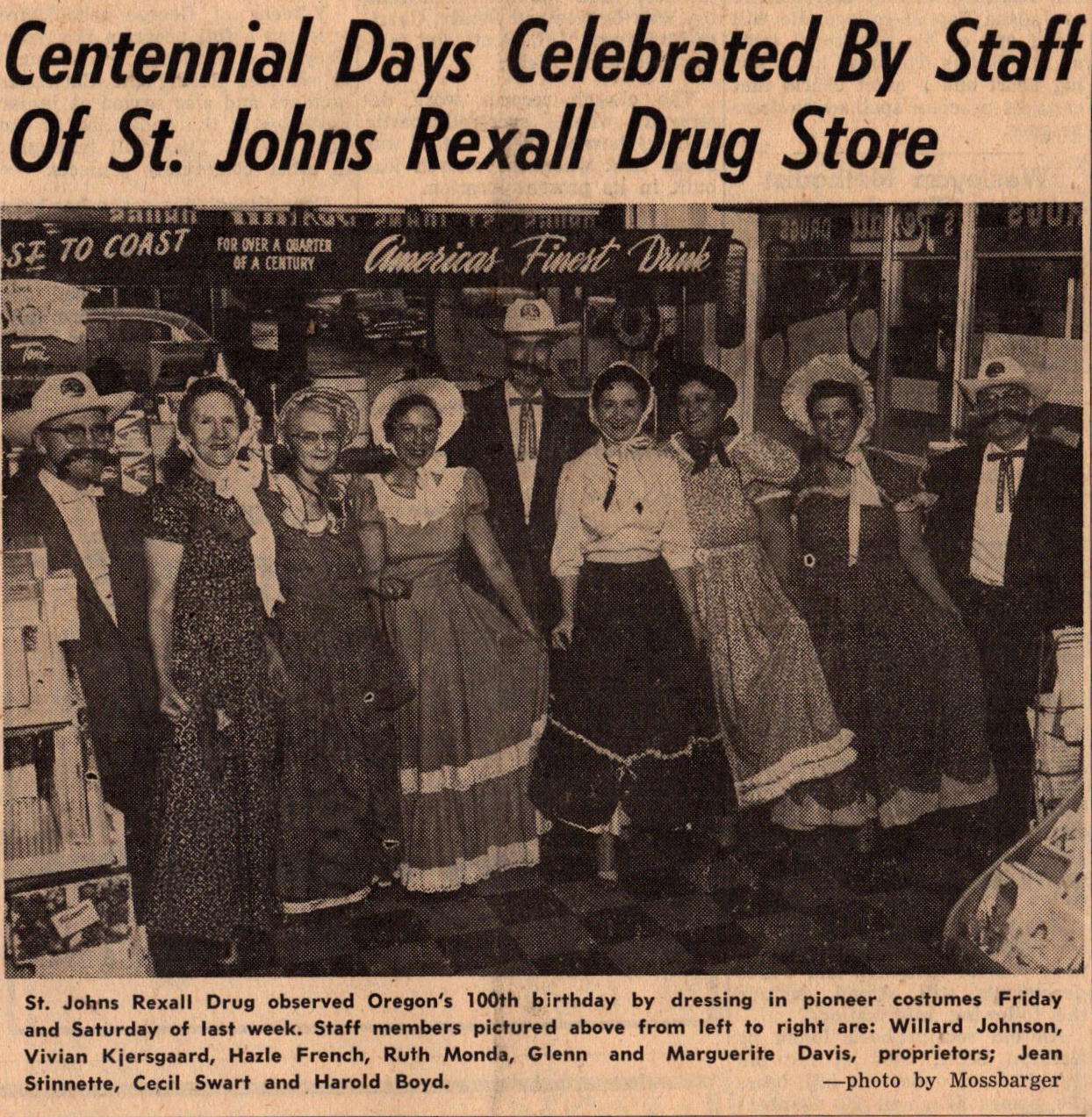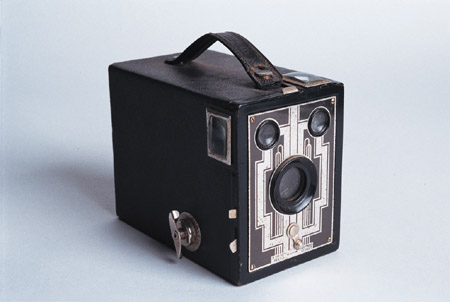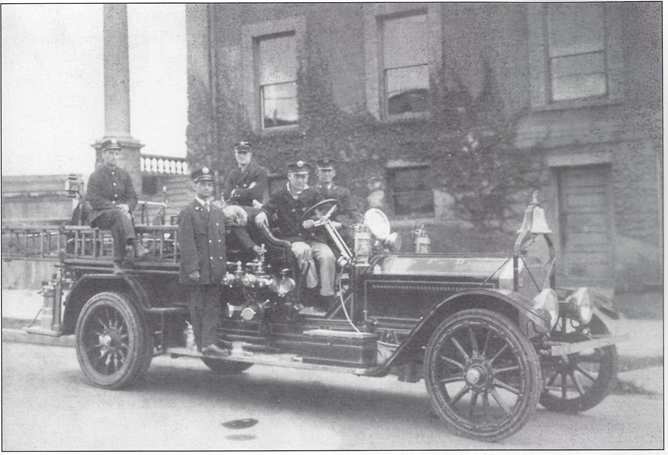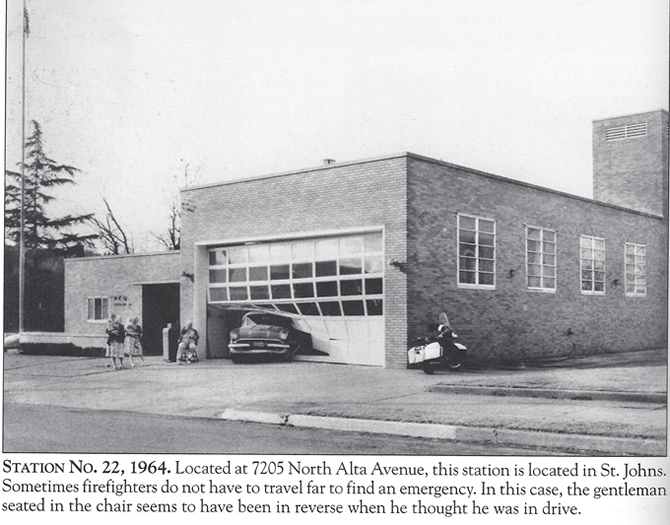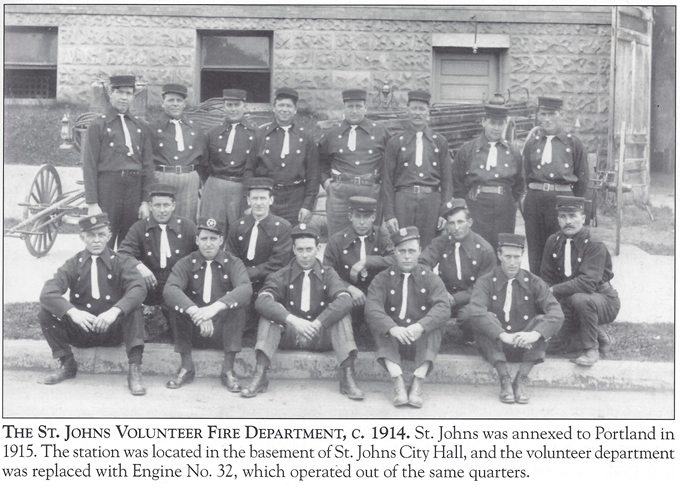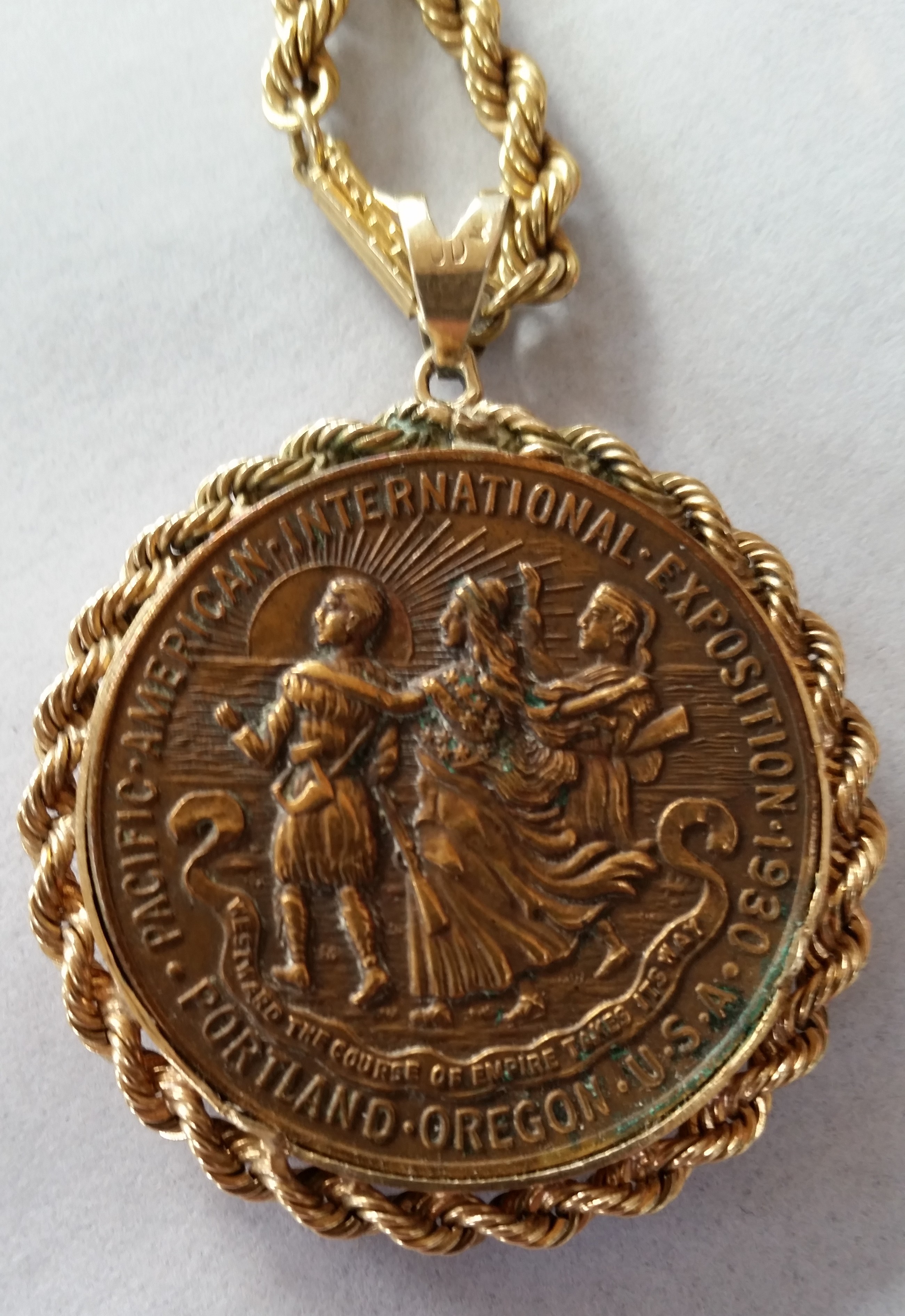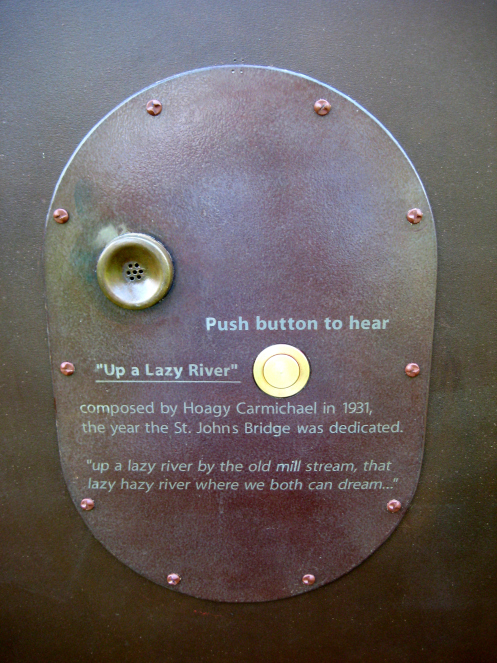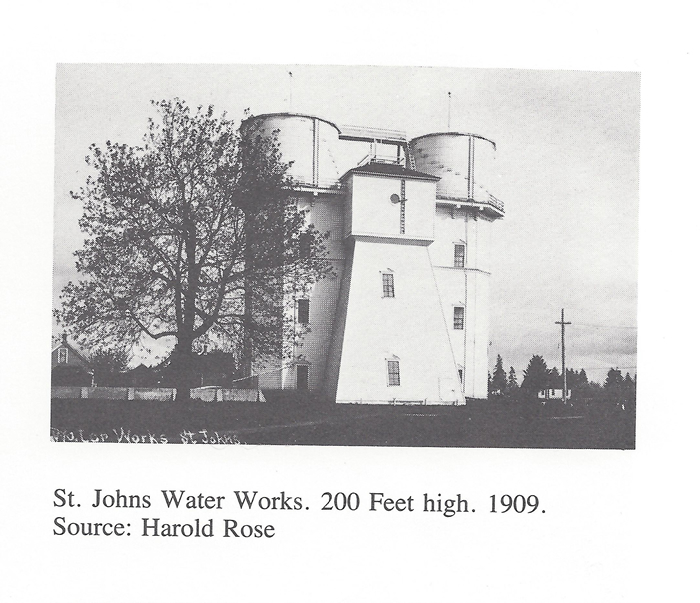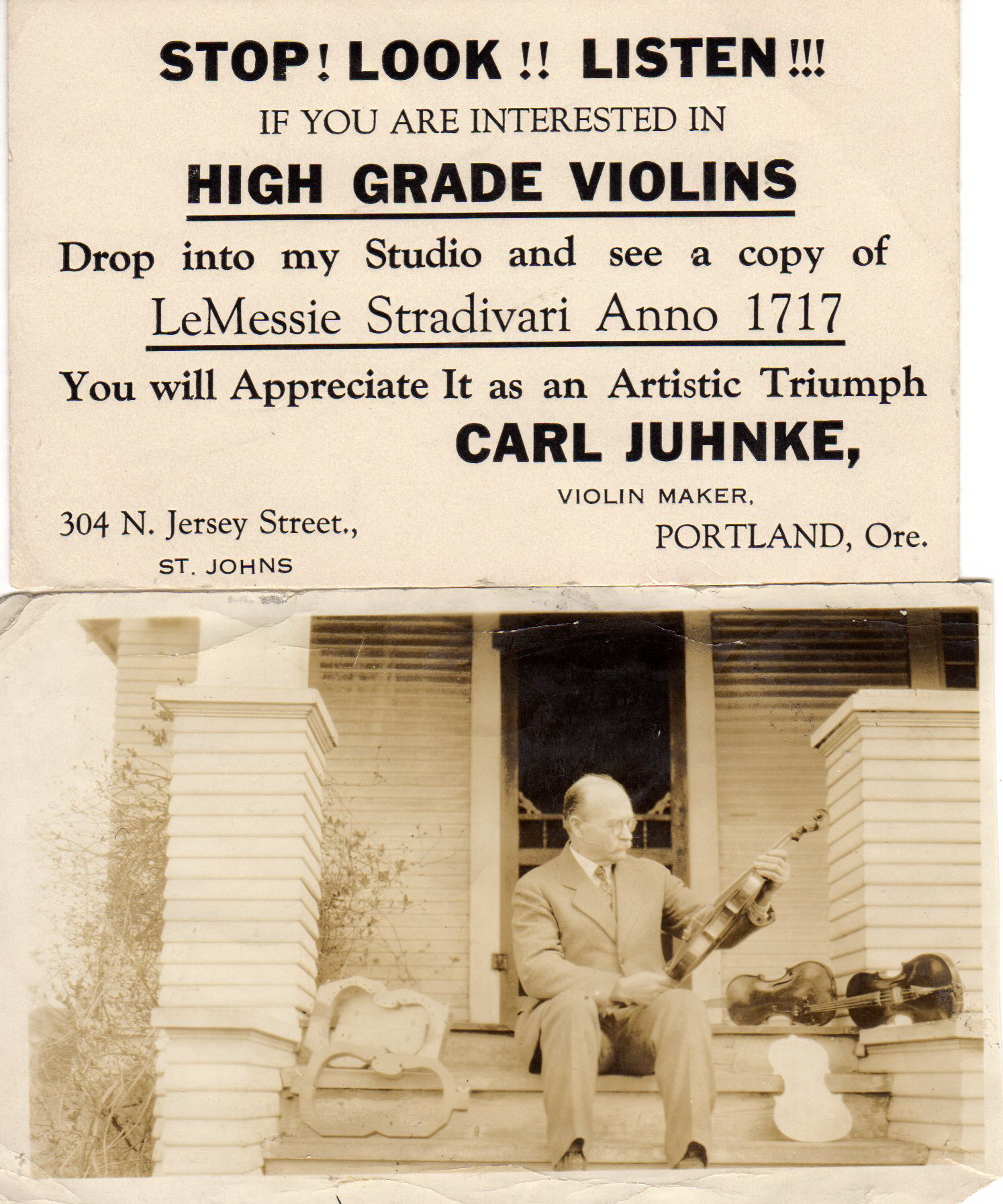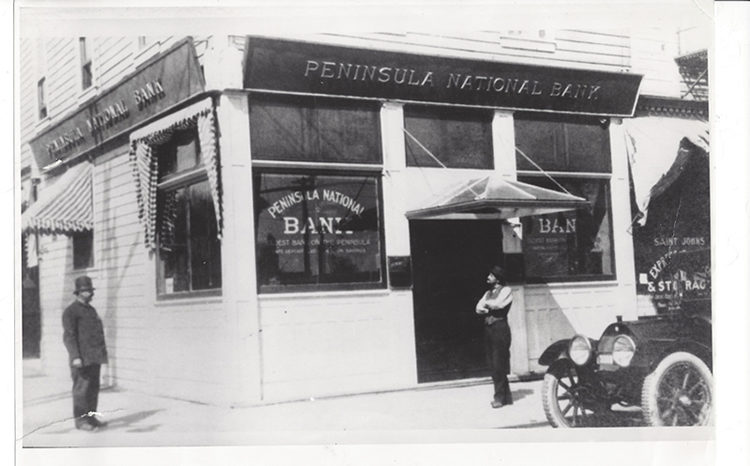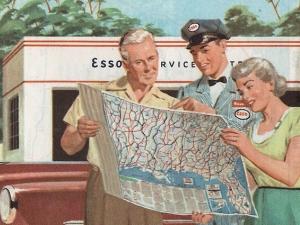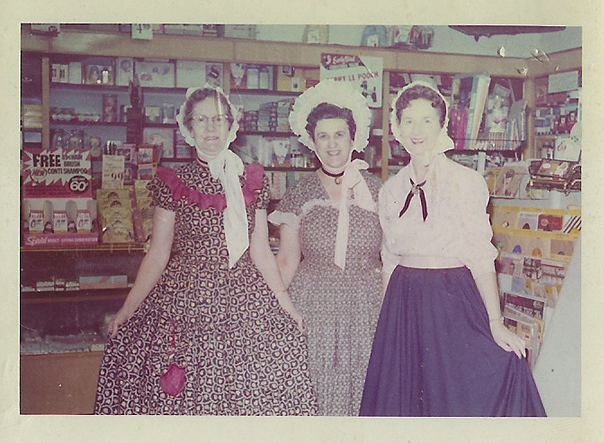 St. Johns Rexall Drug Store 1959
St. Johns Rexall Drug Store 1959
Vivian Kjersgaard, Cecil Swart, and co-owner Margurette Davis celebrating Oregonian's Centennial.
Lewis and Clark Exposition - 1905
National Cash Register Building - 1905
St. Johns Lumber Company - 1911
St Johns Fire Department - 1913~
Guilds Lake Garbage Incinerator - 1920~
Port of Portland Shops & Drydock - 1924
Aerial view of St. Johns - 1927~
St. Johns Bridge Construction - 1930
St. Johns Bridge Construction - 1930~
St. Johns Bridge Construction - 1930~
St. Johns Bridge Construction - 1930~
Fuller The Big Load Man - 1930~
Loyd’s Apple and Potato House - 1930~
F. Kass Shoe Shop and the Progressive Bakery - 1931~
Tom's Burlington Garage - 1931~
Korry-Krome Shoe Repair - 1931~
Willamette Blvd. and Wabash St. - 1931
Chimney Park Incinerator I - 1932
Chimney Park Incinerator II - 1932
Chimney Park Incinerator III - 1932
Jersey between Charleston & Richmond - 1932
National Cash Register Building - 1932
Ellis Jordan Shell & H F Clark Furniture - 1932~
Associated Gasoline Station - 1932~
Portsmouth Cash Grocery - 1932~
Swan Island and Mocks Bottom - 1935
Portland Lumber Company - 1935~
Willamette Blvd. & Macrum Ave. - 1936
St. Johns Bridge & Waterfront - 1938~
Willamette Blvd. & Wabash St. - 1938
Swan Island Airport Terminal - 1940~
St Johns Woods Community Center I - 1944~
St. Johns Woods Community Building II - 1944~
St. Johns Woods Community Building III - 1944~
Greeley & Portland Blvd. - 1949
Oregon Centennial Exposition - 1959
Shirlee Ann Emergency Vehicle - 1960
Guild's Lake Pumping Station - 1969
Chimney Park and Municipal Incinerator - 1972
North Precinct in St. Johns - 1976
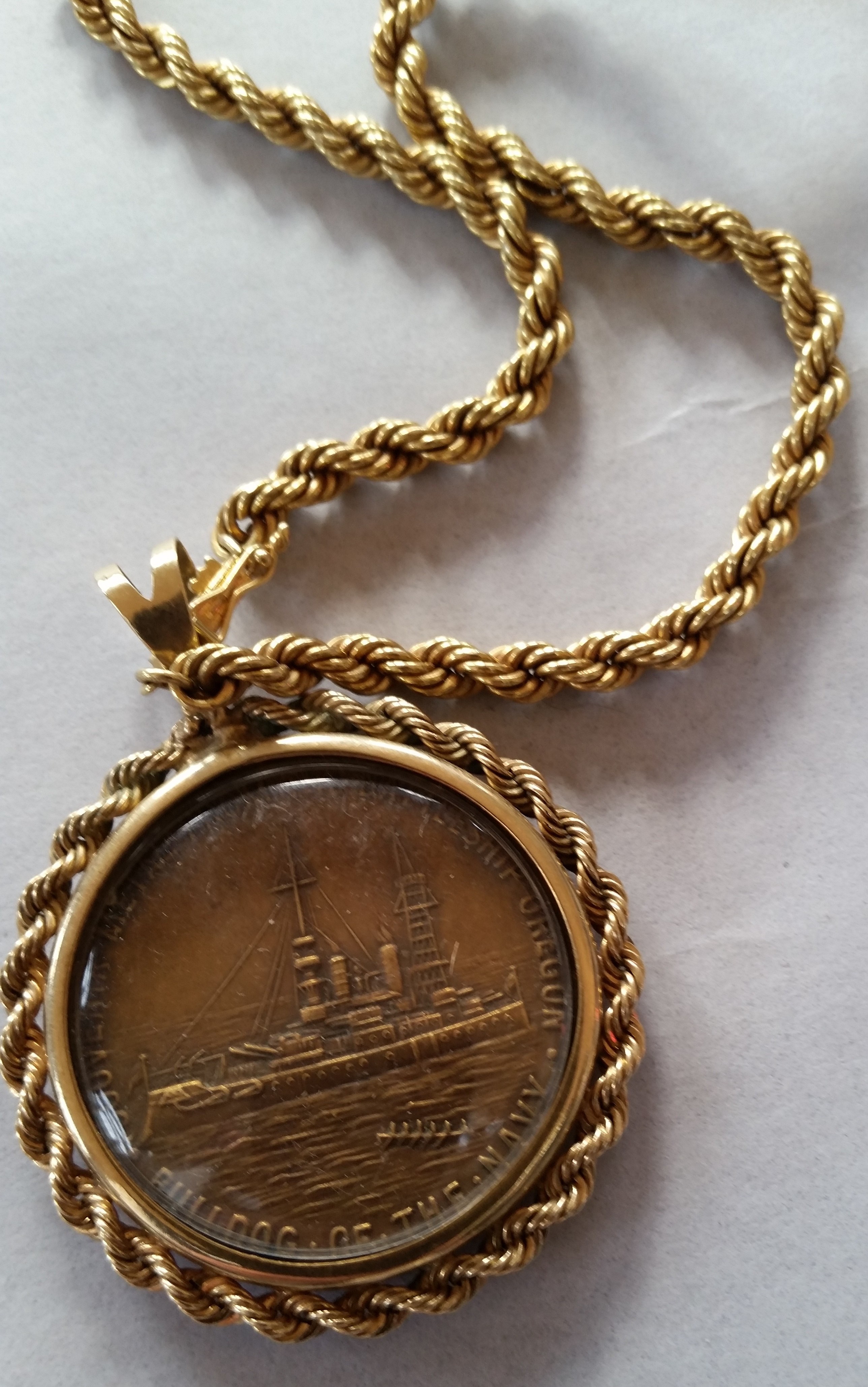 Made from brass salvaged from the
Made from brass salvaged from the
Battleship Oregon - Jim Shields collection
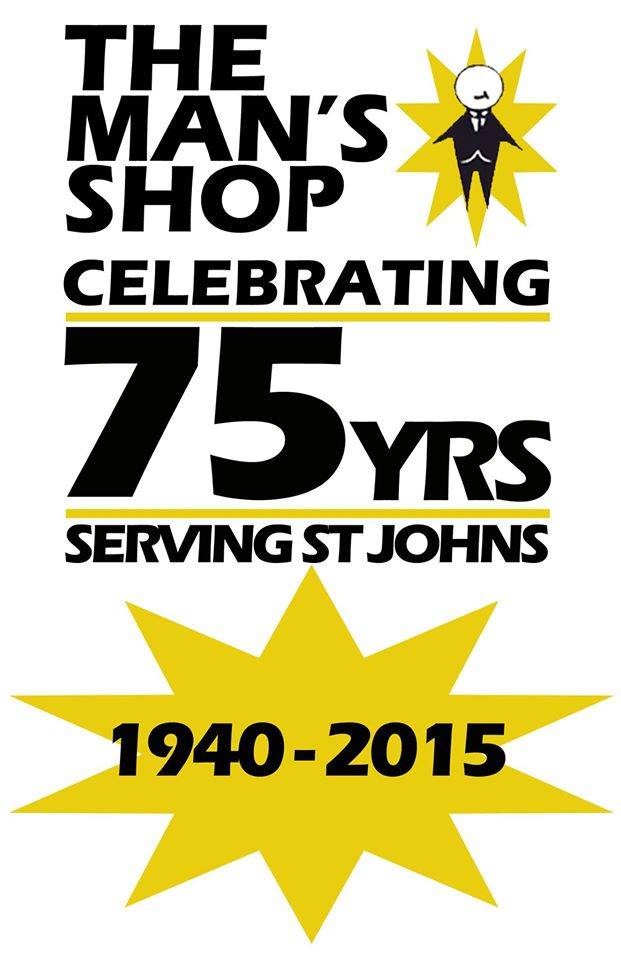
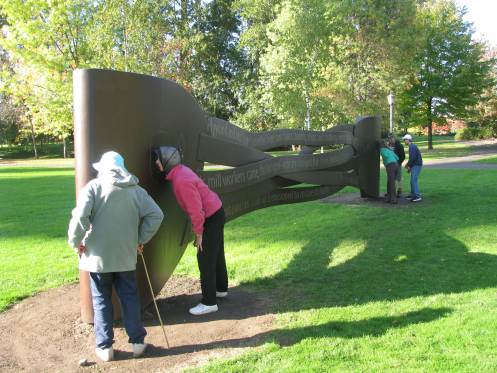 Artwork in Cathedral Park
Artwork in Cathedral Park
Several Sources Say (Up A) Lazy River Was Written and Recorded by Hoagy Carmichael in 1930
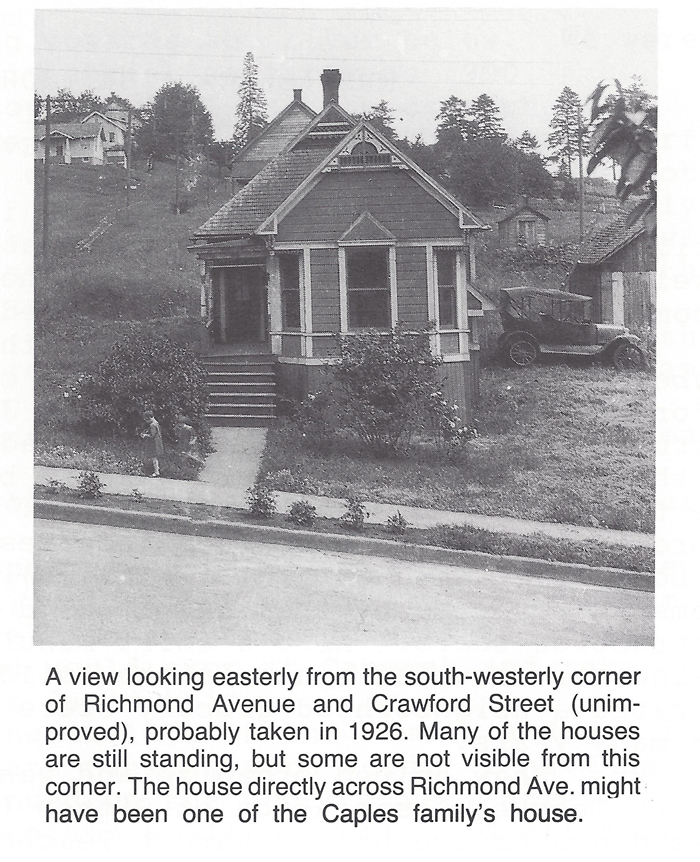
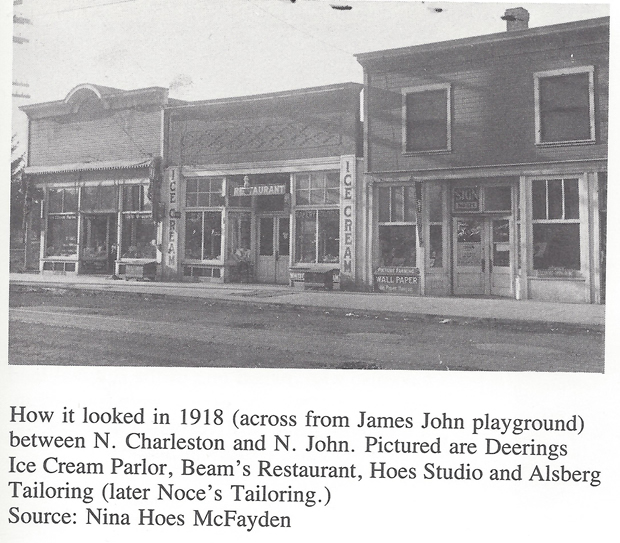
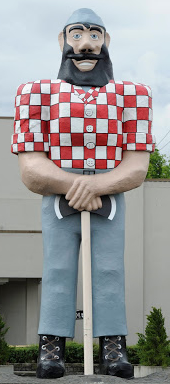 What happened to Babe the Blue Ox? That question came up at one of our meetings. At least two members reported that they had seen it in years past but no one could say with any certainty what happened to it. A quick search on the Internet only confirmed that Babe once was and is now missing. If you can help us unravel the mystery we'd like to hear from you.
What happened to Babe the Blue Ox? That question came up at one of our meetings. At least two members reported that they had seen it in years past but no one could say with any certainty what happened to it. A quick search on the Internet only confirmed that Babe once was and is now missing. If you can help us unravel the mystery we'd like to hear from you.
Help preserve Paul Bunyan - find out how you can help!
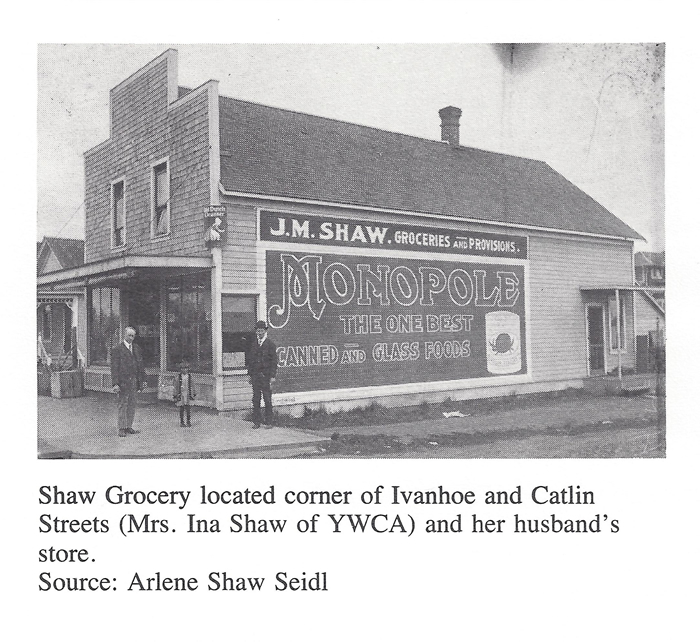
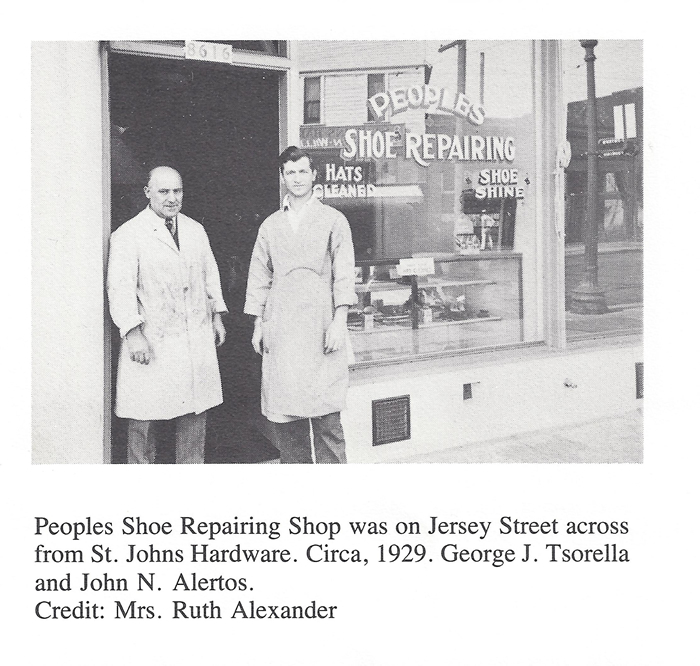
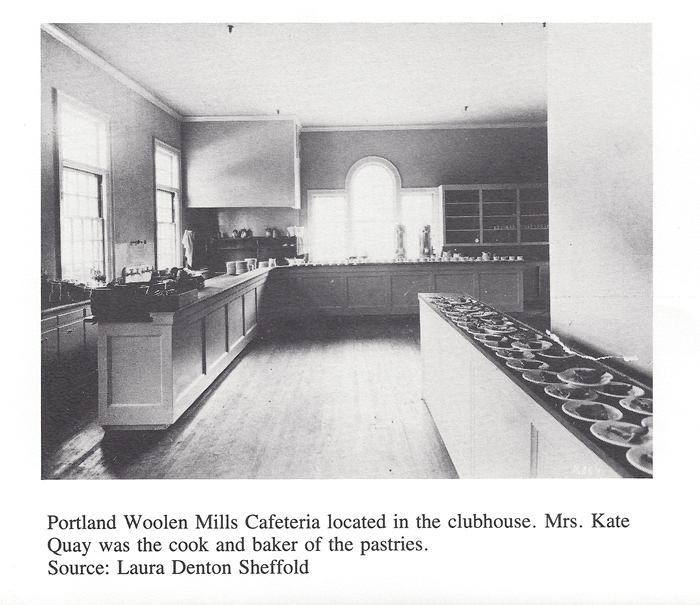
 Ever wonder what was inside these ornate cash registers?
Ever wonder what was inside these ornate cash registers?
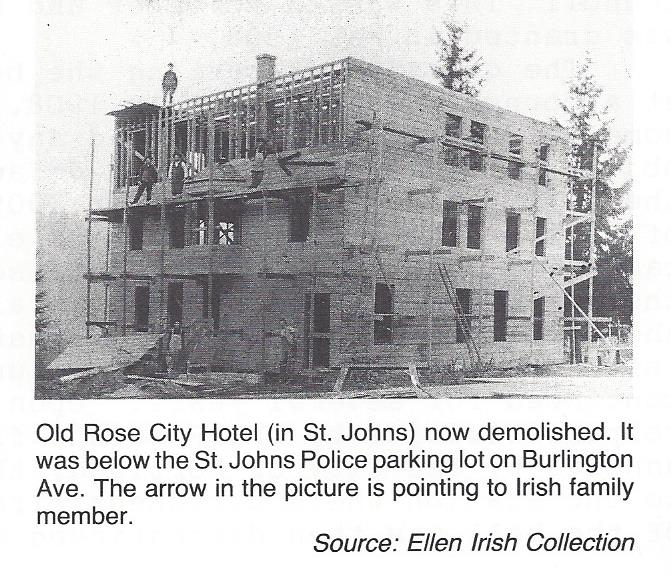
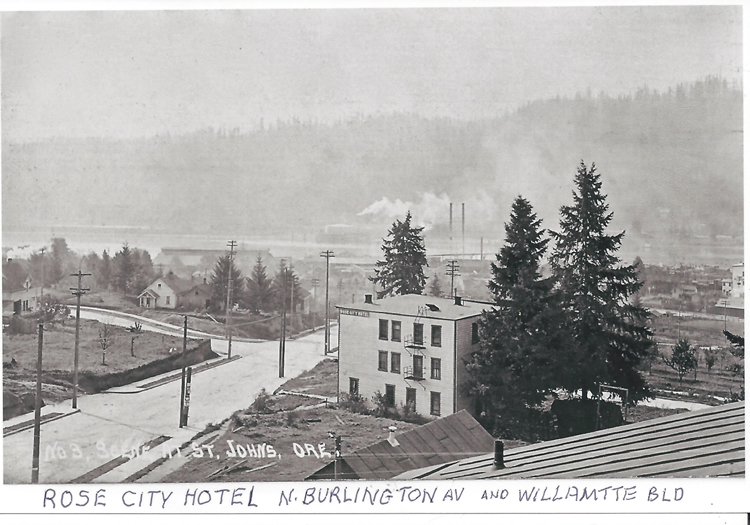
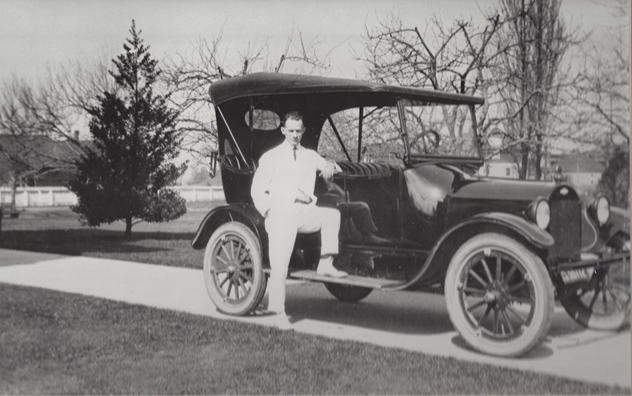 Dr. Dennis S. Swart and his Chevrolet 490 Touring in 1920
Dr. Dennis S. Swart and his Chevrolet 490 Touring in 1920
 This Chevrolet 490 Touring has the more stylish reverse curve front fenders to which headlights now attached without aid of a tie-bar. The single rear window in the top would indicate this is a 1919 model or perhaps an early 1920 model. The 1920 models are noted for having two round windows in their top. Bumpers may have not been available until the 1920 model year. This vehicle is equipped with the following optional equipment: Motometer, spotlight, front bumper.
This Chevrolet 490 Touring has the more stylish reverse curve front fenders to which headlights now attached without aid of a tie-bar. The single rear window in the top would indicate this is a 1919 model or perhaps an early 1920 model. The 1920 models are noted for having two round windows in their top. Bumpers may have not been available until the 1920 model year. This vehicle is equipped with the following optional equipment: Motometer, spotlight, front bumper.
Introduced in prototype form around January 1, 1915 and available for sale beginning June 1, 1915 as a 1916 model the Chevrolet 490 was an immediate success. The "490" denoted a base price of $490. When first introduced the Touring and Roadster were only available in black and both lacked left-hand front doors, making the Roadster a one-door car and the Touring a 3-door model.
The purpose of the "490" designation was to compete head on with the very popular Ford Model T Touring, which also sold for $490. Not to be outdone Ford, within a few weeks, reduced its Touring car price to $440. Chevrolet soon found itself needing to raise it's price to $550 on it's electrically-equipped Touring cars. Chevrolet dealers were told to continue advertising the 490, one without an electrical system, for $490 but to give the customers a hard sell to convince than an electrically-equipped $550 car was a much better investment.
During this time period a larger more expensive Chevrolet, designated as Series H, were also available. The engine of the new 490 was the basic Series H 4-cylinder unit, subject to a few technical changes to lower manufacturing costs. Among these changes were smaller rod and main bearings, simplified lower block design, and elimination of the rocker arm cover. The latter move defies belief, as the minor economy derived from leaving off this cover would be more than offset by the increased wear on the rocker arms due to dust and dirt collecting on these parts and getting into the lubricating oil. The open rocker arms had to be hand lubricated with an oil can every 100 miles or so. The oil can resided in it's own place under the hood. The 490 engine was rated at 20 horsepower, same as the Model T, while the Series H version was given a rating of 24 horsepower.
In 1917 Series H models were replaced with series F models which were closer in appearance to the 490's. A new closed car model 490 was introduced in 1917. Called the All-Season Tourer, this interesting style could be used as a closed sedan or and open Hardtop Sedan. In 1917 Chevrolet made electric lights and starter standard equipment, whereas they had been a $60 accessory in 1916. The result was a new $550 base price on the Touring. For 1917 left-hand front doors were added to all models. Ford, throughout it's Model-T life, had never given doors to the driver, at the time saying that the Model T's hand brake lever would be in the way and make it difficult to use a left door even if there had been one.
Chevrolet in 1917 also brought out it's first V8 model. The series D V-8, which sold in the $1400 range, was available in two styles, a 4-passenger Roadster and a Touring Car, both with a large 120-inch wheelbase. The only color available was Chevrolet Green with black leather upholstery. The engine was a 90-degree V-8 with overhead valves and a displacement of 288 cubic inches. Production lasted only into 1918. Buyers who normally would have thought of a Chevrolet could not afford the V-8. And those who could afford the V-8 wanted something with a more prestige name than "Chevrolet".
On May 2, 1918 Chevrolet became part of General Motors. In 1918 Chevrolet introduced it's first commercial vehicles, one light duty model based on the 490. Chevrolet also offered a new 1-ton truck, called (of all things) the Model T. The Model T's standard equipment consisted of windshield, seat, complete electrical system, tools, horn, and a governor locked at 25 MPH.
In 1918 the auto line of the F Series was replaced by the FA Series. In the 490 Series, a Coupe and a Sedan were added but at mid-year the All-Season Tourer was discontinued. The Series 490 Touring was little changed, but up again in price, now selling for $685.
In 1919 the FA Series became the FB Series. The Series D V-8's remained on the dealer's lists, but there was no production of these cars in 1919, and what V-8's were sold as 1919 models were really run-off 1918 vehicles. From this year until 1929, all Chevrolet engine production would consist of 4-cylinder blocks only.
The 1919 490 Series continued to be very popular, even though they were little changed from previous years. The Touring model was now priced at $735. Front fenders were revised with a more pronounced reverse curve design. The headlights mounted directly to these fenders and the cross bar was eliminated.
It should be noted that some sources say the stylish reverse curve style fenders were not introduced until the 1920 model year. New for 1920 open models was a top with two small round windows in the rear, replacing the top which used a single rear window. In 1920 the price of the Touring model was $810 but dropped to $735 by the end of the model year.
In 1921 total Chevrolet production dropped to 75,700 vehicles and the company lost around $8.7 million. At this time the Model T Ford was outselling Chevrolet about 13 to 1. Some industry "experts" suggested G.M. drop the Chevrolet line because it was a lost cause to compete with Ford.
Because of the depressed economic conditions of the company few changes were incorporated into the 1921 Chevrolet models. The 490 Touring model sold for $820 at the beginning of the model year but would drop to $610 by the end of the model year. The passenger side door on the sedan was moved to a position in the center of the car.
Feeling it was time for a brand makeover G.M. decided after the 1922 model year had ended Chevrolet production would be updated with new models. In it's final year the 490 Touring was priced at $525. Few changes were made to the models knowing this would be the last year of production.
In time Chevrolet would become the single largest auto producer in the world and General Motors the largest auto complex in the world. Many point to this success as first starting with the Chevrolet 490.
Resource: 75 Years of Chevrolet

